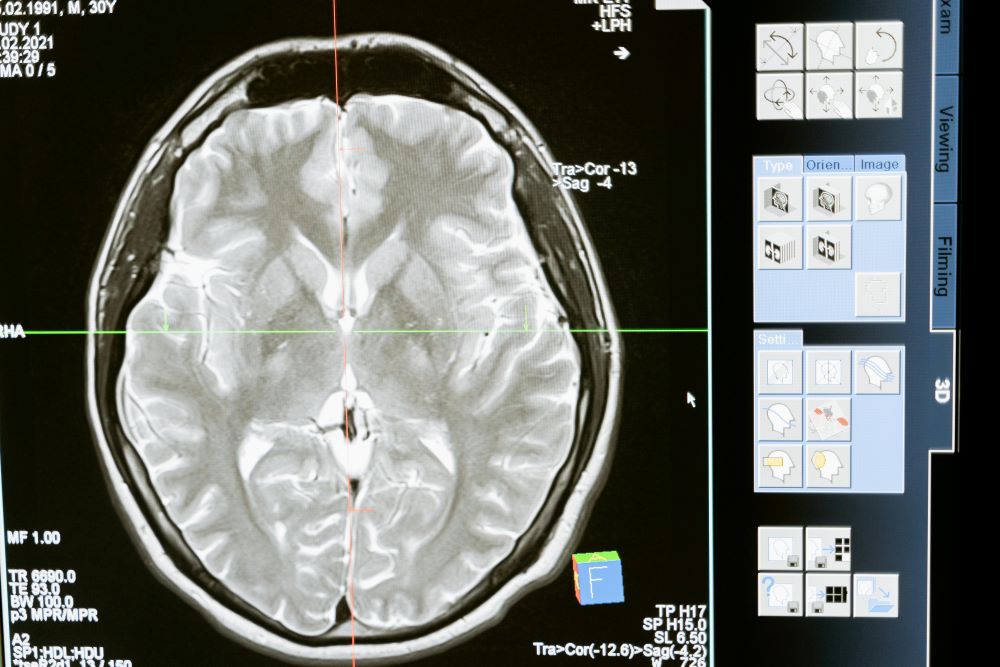Reliability in Circuit Board
Ensure reliability in circuit board is an important step to take when producing electronic devices, especially for critical applications like medical and aerospace systems. PCBs must be able to withstand various environmental conditions and resist damage from mechanical stress or electromagnetic interference (EMC). Effective PCB testing and inspection methods are key for ensuring this level of reliability in your devices.
Several types of circuit board testing are used to evaluate a device’s ability to perform under varying conditions and environments, including thermal simulation, power delivery network stability, and component placement. Other tests focus on the performance of individual components and signal paths. In addition, quality control steps are necessary to verify that the board meets all relevant standards and requirements for its intended application.
Thermal simulation is a common test to ensure that the circuit board can withstand temperature fluctuations and changes, avoiding thermally-induced stresses in sensitive areas. It also examines how the board reaches these temperatures, evaluating whether any exposed solder joints are under too much pressure. This is particularly important for assessing the integrity of microvias and BGAs, which are often susceptible to stress due to reflow and other processes.

How to Ensure Reliability in Circuit Board
Another test, known as burn-in testing, evaluates a circuit board’s ability to hold up under prolonged use, and simulates the conditions it might encounter in end-use. This includes running the boards at voltages and temperatures beyond their rated guidelines for a period of time, as well as testing for electrical stressors such as humidity and vibration.
Power delivery network (PDN) stability testing checks the stability of the circuit board’s power supply connections and its grounding connections. This is essential to ensuring that the power supplied to the circuit board is stable and consistent, and that any potential failure modes are identified early and addressed in design. This is especially important for preventing brownouts in microcontrollers or unstable PDNs in semiconductor ICs, which can lead to erratic behavior and device failure.
Continuity testing involves using a multimeter to check the conductivity of signal paths between components, ensuring that each path is properly connected and functioning. This can be done by visually inspecting the path for any signs of damage or broken connections, then using a continuity tester to verify the correct conductivity between each point. Cross-probing can help streamline this process, by allowing you to match up schematic diagrams with physical locations on the circuit board. This can help streamline the testing process and eliminate the need for manual checking of each individual path. This is a cost-effective way to test your circuit board for proper conductivity, and can be done at any stage of the manufacturing process.













+ There are no comments
Add yours